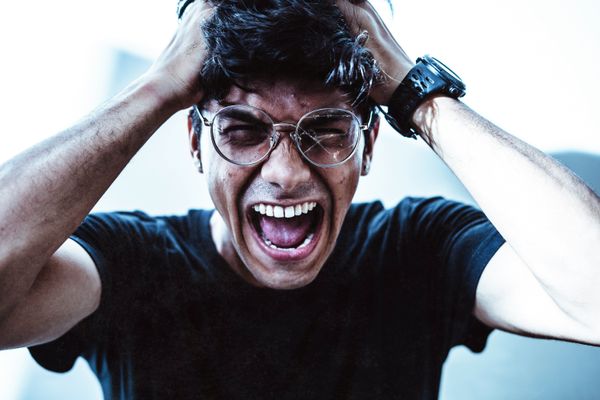Let’s face it: if you’ve actively used Snapchat in the past months, you’ve most likely stumbled upon the so-called “pretty filter.” You know, the one filter that appears to airbrush your skin, give you a bigger set of eyes, higher cheekbones, a thinner nose, and some even argue, whiter skin. At first glance, it appears to be the perfect solution. The Holy Grail and the secret formula to the perfect selfie. No post editing required whatsoever, turning it into our best ally when it comes to uploading a new picture on Instagram, or updating our profile picture on Facebook (if it isn’t already a flower crown, that is).
I’m surely not the first person to admit their love for Snapchat’s pretty filter, as it has consistently remained available to users, perhaps even more so than the dog-face filter in the past months. And while there is nothing inherently wrong with using the filter, (even the best of us have learned how to use it in the sneakiest of ways) one can't help but question the necessity of it with so many high-cheekbone and doe-eyed versions of our friends and celebrities we follow (supermodels included) flooding snapchat stories.
As a society we’re already constantly exposed to heavily retouched images on magazines and social media. A good number of the #BodyGoals posts we scroll down through are photoshopped, and judging by the comments section on such posts, our eyes are still falling for the old tricks. Even paparazzi pictures are often staged and then retouched before being sold for thousands of dollars.
We constantly complain about the media for presenting us with an idealization of beauty that is for the most part absolutely fake and unattainable — in hopes of inspiring us to spend our money on miracle products. Yet aren’t we doing the very same thing on a different scale? We are willing to post an idealized version of ourselves on social media, a fantasy, a lie, with means of getting more likes. Yes, it’s a simple filter, but by using it we are allowing something other than ourselves to dictate how we should look. We are indeed agreeing with the media that there’s a certain type of beauty that’s more worthy of looking at than the rest.
What’s the value of a like anyways? What’s the point of getting a compliment over our looks if the image that inspired it doesn’t reflect how we really look? And why should we hide our wider noses, bigger cheeks or skin imperfections? (Freckles, by the way, are not an imperfection).
It’s probably safe to say the pretty filter is not going anywhere anytime soon. And to be completely honest, part of me wants it to stay. And just like our favorite bottle of concealer, it will most likely be there, for whenever we feel like we need it, but let’s remember people don’t fall in love with what they see in pictures, they fall for what they see and feel in person, raw and un-retouched. Let’s not forget friends stick together because of how their personalities click, and not because they each get hundreds or thousands of likes on their pictures. And most importantly, let’s try to understand that there’s no camera lens (or filter for that matter), powerful enough to capture the true beauty of what our eyes can see and what our hearts can feel.











 The minimum wage is not a living wage.
StableDiffusion
The minimum wage is not a living wage.
StableDiffusion
 influential nations
StableDiffusion
influential nations
StableDiffusion










